Hello there! Let’s talk about a game-changer in the world of Jira inventory management called AssetIT. Traditionally, Jira is known as a go-to tool for project management, renowned for keeping tasks on track and workflows smooth. But did you know that with AssetIT, Jira becomes a powerhouse for managing your inventory too?
As organizations grow and technology advances, the need for a streamlined and effective approach to asset management becomes paramount. This is where the synergy between Jira and AssetIT comes into play, offering a robust solution for the intricate demands of Jira inventory management.
Understanding Inventory Management
Inventory management is a critical component of many businesses, essential for maintaining the balance between supply and demand. This section explores the fundamental principles of inventory management and examines how Jira, traditionally a project management tool, plays a significant role in this domain.
The Fundamentals of Inventory Management
Inventory management involves the systematic control of the acquisition, storage, and sale of goods to ensure that the right amount of each item is available at the right time. It is pivotal in various sectors, ensuring that companies can meet customer demand without unnecessary overstocking, which ties up capital and resources. Therefore, using effective inventory management software will be of utmost importance to maintaining a business’s workflow.
Importance of Efficient Inventory Management
Effective inventory management is integral to the operational efficiency and financial success of businesses. It contributes to cost reduction, optimal stock utilization, customer satisfaction, and waste minimization. Whether in retail, manufacturing, or any other sector dealing with physical products, efficient inventory management is indispensable.
Explained Jira Inventory Management
Jira inventory management is a comprehensive process of managing inventories with the integration of Jira. Jira environment is commonly used for project management. Since it offers functionalities that are highly beneficial for inventory management, we could take advantages in:
Adaptable Workflow Management
One of Jira’s most compelling features for inventory management is its adaptable workflow capability. Organizations can customize these workflows to align with specific inventory-related processes, such as tracking stock levels, managing procurement, and handling customer requests. This adaptability makes Jira an invaluable tool for businesses seeking to tailor inventory management systems to their specific needs.
Learn how Jira Service Management solves Customer Requests smoothly at What is Jira Service Management and How to work with service requests?
Real-Time Monitoring and Transparency
Jira enables real-time monitoring and transparency in inventory management. Businesses can access current data on stock levels and order status, facilitating prompt and informed decision-making. This immediacy and clarity are crucial for responding effectively to fluctuating demand and supply scenarios.
Cross-Departmental Collaboration
Jira’s roots in project management position it as an ideal platform for enhancing cross-departmental collaboration in inventory management. It brings together various teams, from logistics to sales, under a unified system, promoting coordinated efforts and shared understanding, which are essential in managing inventory successfully.
Data-Driven Reporting and Analysis
Jira provides comprehensive reporting and analytical tools, offering insights into inventory trends and patterns. These capabilities enable businesses to predict demand more accurately, plan future inventory needs, and make informed purchasing decisions, thereby maintaining optimal inventory levels and reducing operational costs.
Integration with Other Systems
Jira’s capacity to integrate with other business systems and tools is a critical aspect of its application in inventory management. This integration streamlines processes, minimizes manual data entry, and ensures consistency and accuracy across various business functions.
Why Inventory Management is Important?
Inventory management is crucial for several reasons, playing a key role in the overall success and efficiency of a business. Here are some of the primary reasons why inventory management is important:
- Cost Management: Effective inventory management helps in reducing costs associated with overstocking and understocking. Overstocking ties up capital in unsold goods, while understocking leads to missed sales opportunities. Proper inventory management ensures that businesses maintain the right balance, minimizing these costs.
- Cash Flow Optimization: Inventory often represents a significant portion of a company’s assets. By managing inventory efficiently, businesses can improve their cash flow, ensuring that funds are not unnecessarily tied up in excess stock and are available for other operational needs.
- Meeting Customer Demand: Good inventory management ensures that products are available when customers need them, leading to higher customer satisfaction and loyalty. It enables businesses to meet market demand promptly without delays caused by stockouts.
- Efficiency in Operations: Inventory management streamlines operations. Knowing what is in stock and where it is located saves time and resources, making the entire supply chain more efficient. This efficiency can lead to quicker order fulfillment and improved customer service.
- Reduction of Waste and Spoilage: In industries where products have limited shelf lives, like food or pharmaceuticals, inventory management is critical to reduce waste due to spoilage. Proper management ensures that older stock is used first and products don’t go unsold.
- Risk Management: Inventory management helps in mitigating risks associated with price fluctuations, changes in demand, and supply chain disruptions. By having a clear view of inventory levels and trends, businesses can adapt more quickly to these changes.
How AssetIT Can Be One of the Most Effective Jira Inventory Management Tools
Now, let’s chat about the star of the show – AssetIT. This plugin turns Jira into an inventory management superhero. Asset management for Jira now is not just about keeping track of the IT assets, but strategically managing them and even your customers’. Here is how:
The Power of AssetIT
With AssetIT, you can track everything with precision and receive updates in real-time, much like a stock market ticker but tailored for your inventory. Moreover, it enables you to handle your assets from start to finish, effectively acting as a GPS for every item in your stock.
To be more specific, AssetIT allows you to access every detail of the items. You need to know when your boss purchased that laptop? Go check the Asset Details. Want to have quick access to the information, even when you’re not at the office? Let’s print out the QR codes!
On top of that, AssetIT provides public APIs to integrate and personalize your asset-tracking preferences. Following the CRUD principles, this Jira inventory management tool will be your sidekick to conquer the game of IT asset management for Jira.

Seamless Integration and a Breeze to Use
What’s more, AssetIT and Jira fit together like peanut butter and jelly, offering a seamless integration. This significantly enhances the user experience and efficiency of managing assets. In other words, this is the integration of AssetIT with Jira for Advanced Inventory Management.
Importing Data from Jira Service Management
One of the standout capabilities of this integration is the ability to import data directly from Jira Service Management (JSM) into AssetIT. You can effortlessly transfer JSM Organizations into AssetIT, categorizing them as distinct inventories. This seamless data flow between Jira Service Management and AssetIT simplifies the inventory management process. Therefore, it ensures that all information is up-to-date and synchronized across both platforms.
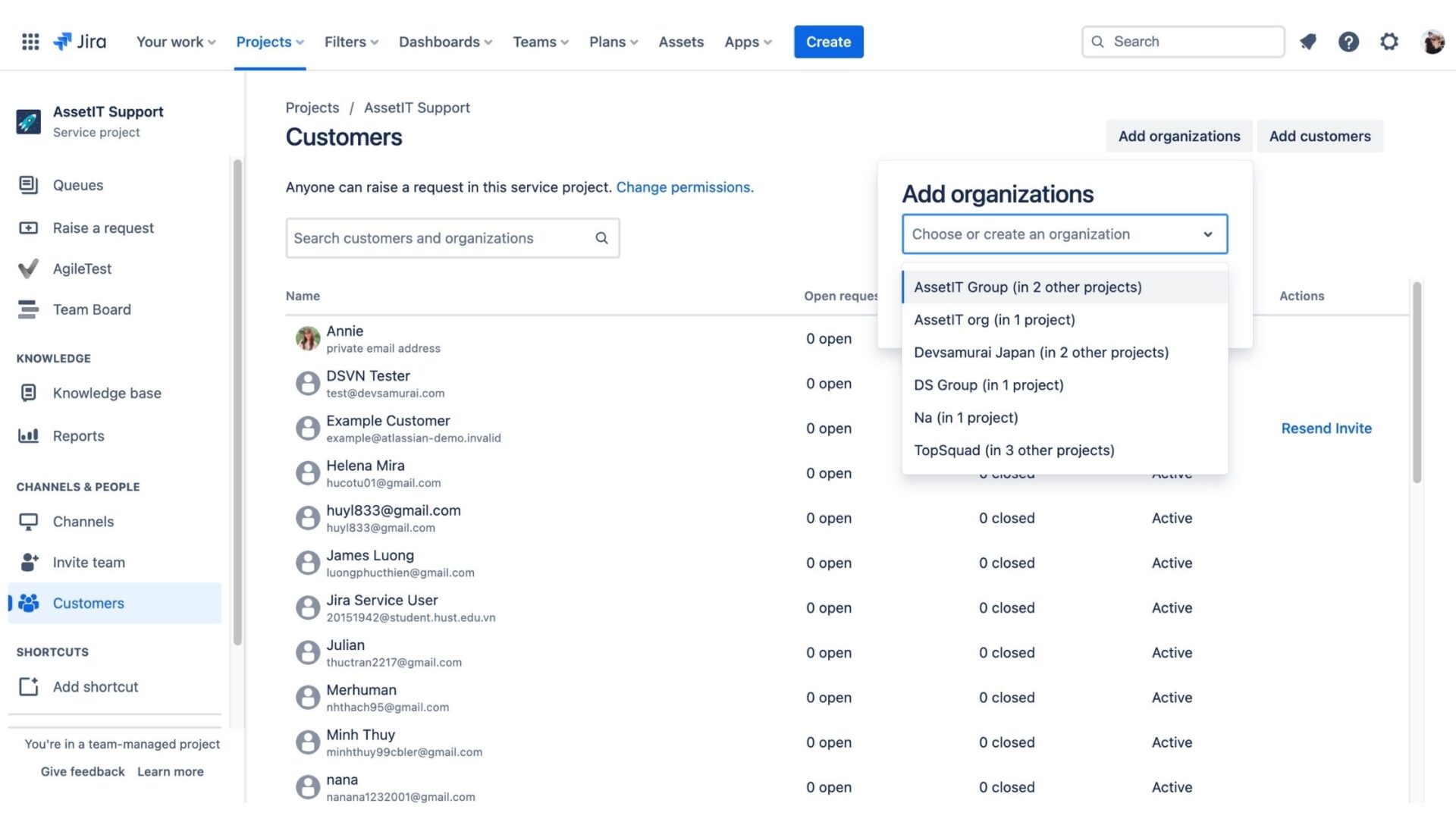
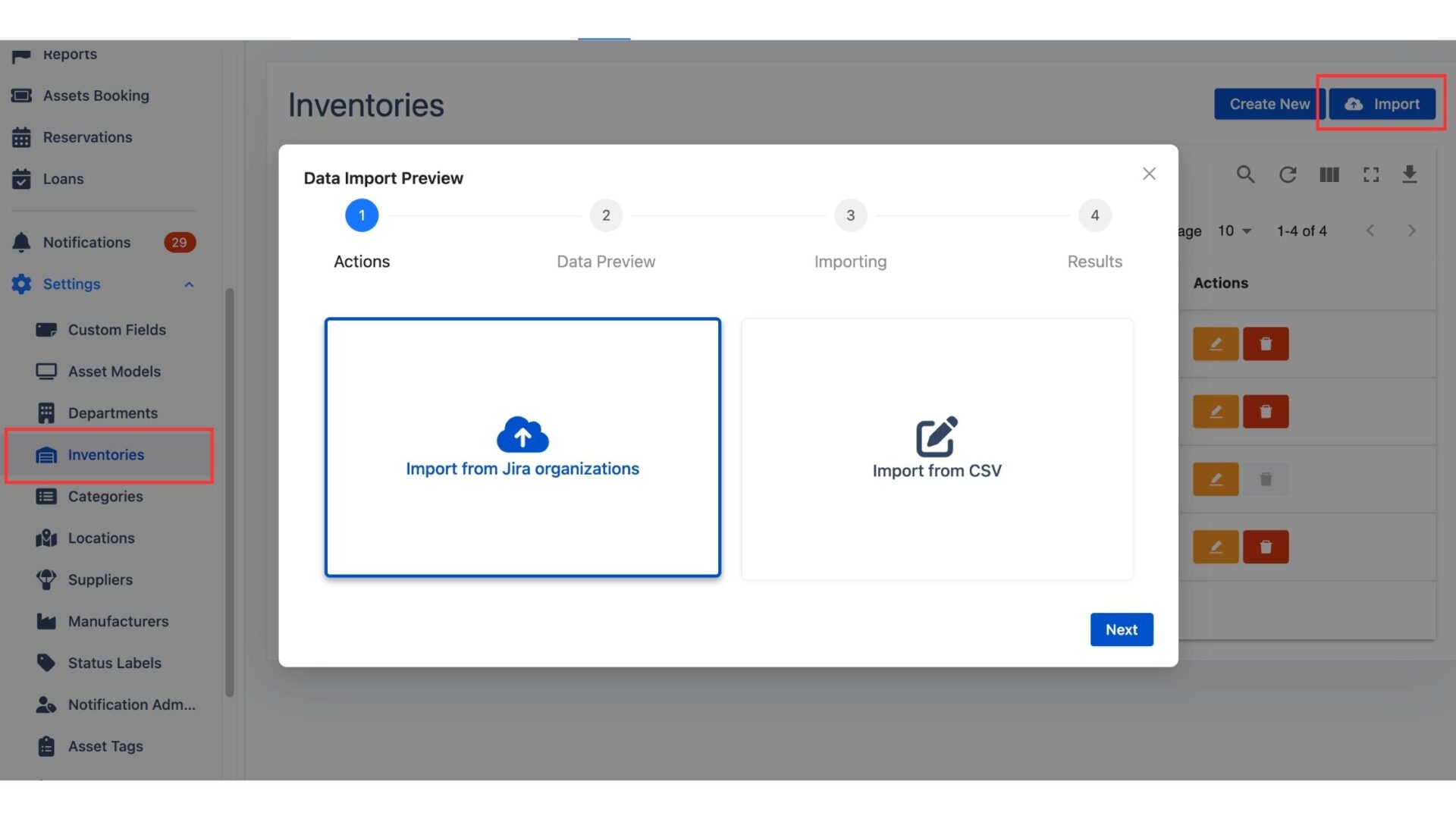
Linking Assets to Jira Tickets
As we all know, AssetIT enables you to link various types of assets or items to specific Jira tickets (Here is the step-by-step guide on How to link assets to Jira issues for you to catch up). This functionality extends to a wide range of asset categories, including consumables, licenses, components, or accessories. What makes it special is that each asset or item can also be sorted by inventory. This capability allows for a more organized and efficient tracking of assets, ensuring that each item is easily traceable and manageable within the context of Jira tickets.
Jira inventory management in AssetIT exemplifies how technology can simplify complex processes. It’s not just about managing assets; it’s about creating a cohesive ecosystem where every component is interconnected. With AssetIT and Jira working in tandem, asset management for Jira becomes a breeze. It allowa you to focus on what truly matters – the growth and success of your business.
Reports and Growth Go Hand in Hand
One thing AssetIT surely won’t disappoint you: gaining insights. From the dashboard, Jira gadgets, to the report builder, AssetIT makes sure you will have your desired information at a glance. From there, your decision making and planning process can be straightforward and strategic.

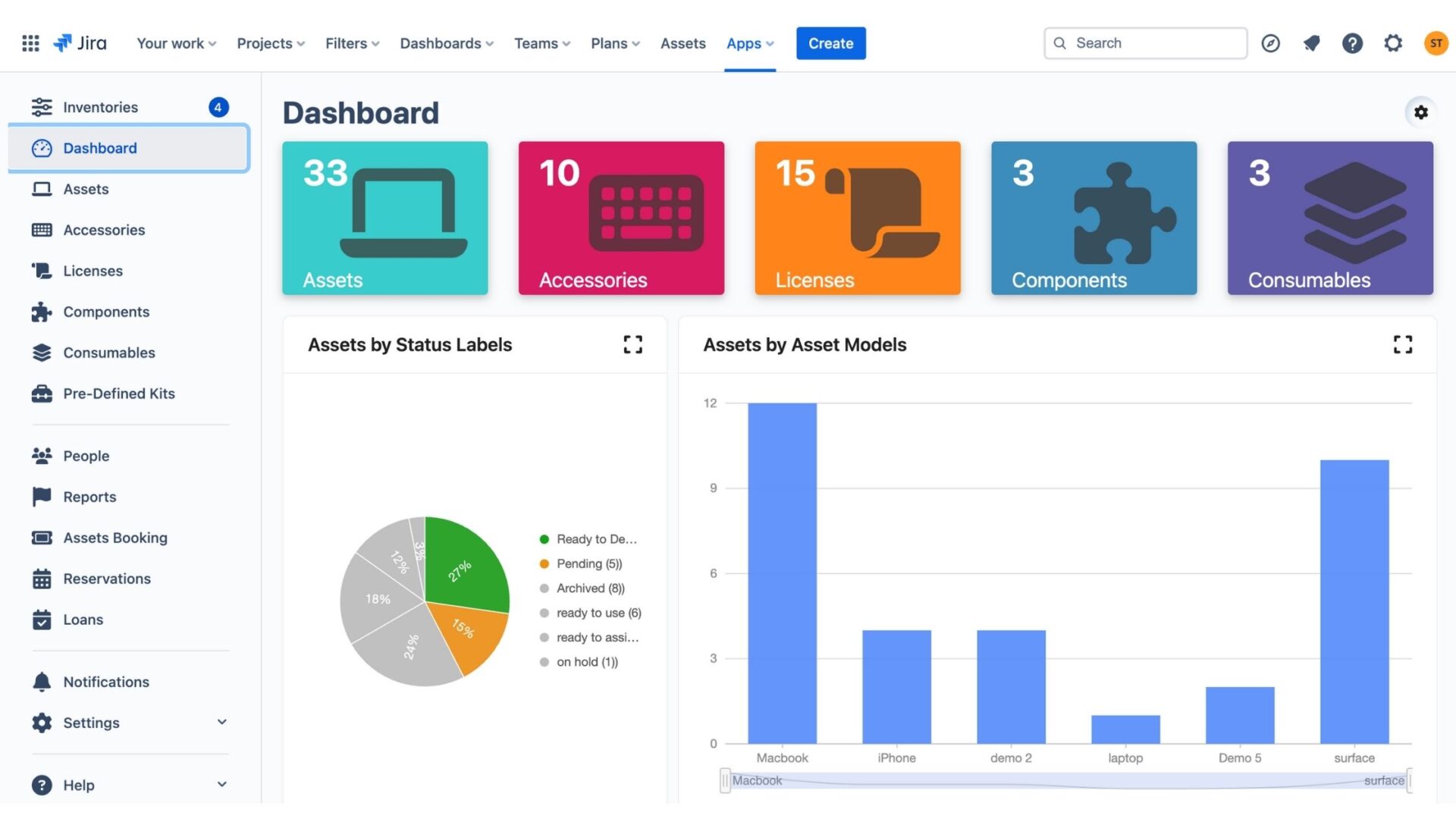

Last Words
In conclusion, AssetIT, the Jira asset management tool, represents a significant leap forward in the realm of Jira inventory management. Its integration with JSM goes beyond traditional asset tracking, offering a comprehensive solution for ITSM. With AssetIT, precision in tracking and real-time updates are at the forefront, enhancing the inventory management process significantly. Additionally, its seamless integration with Jira and a host of other capabilities further streamline and make this task more efficient.
If you have any inquiries or feature suggestions, please visit the Support Desk for prompt assistance.
To have a better understanding of ITSM, check out our ongoing ITSM Insight Series.


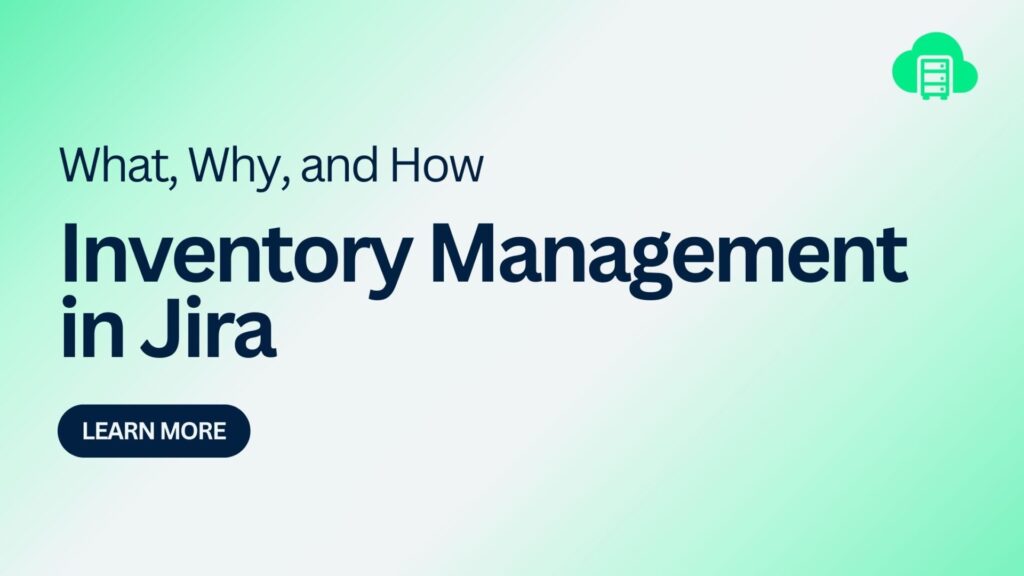
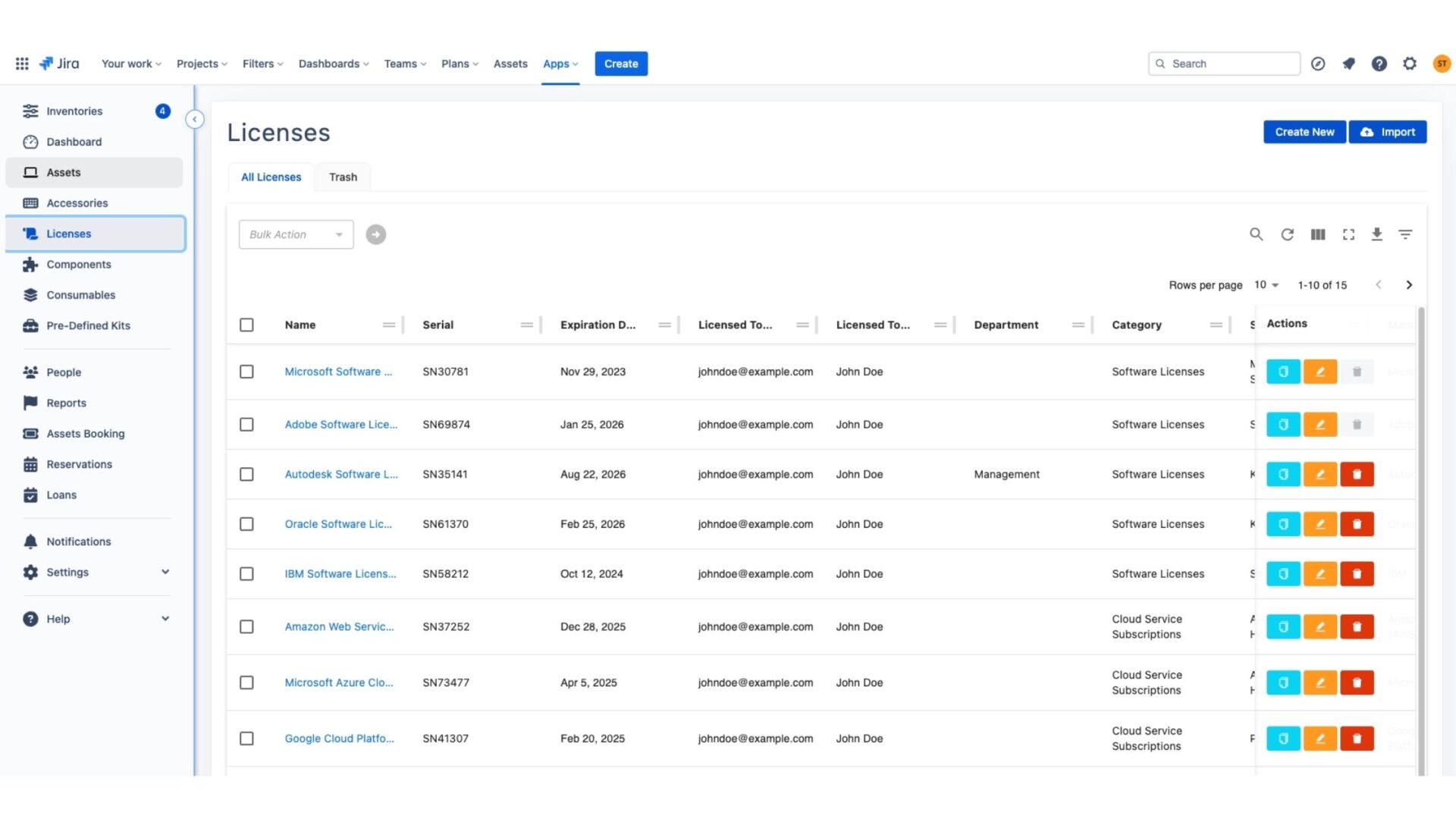
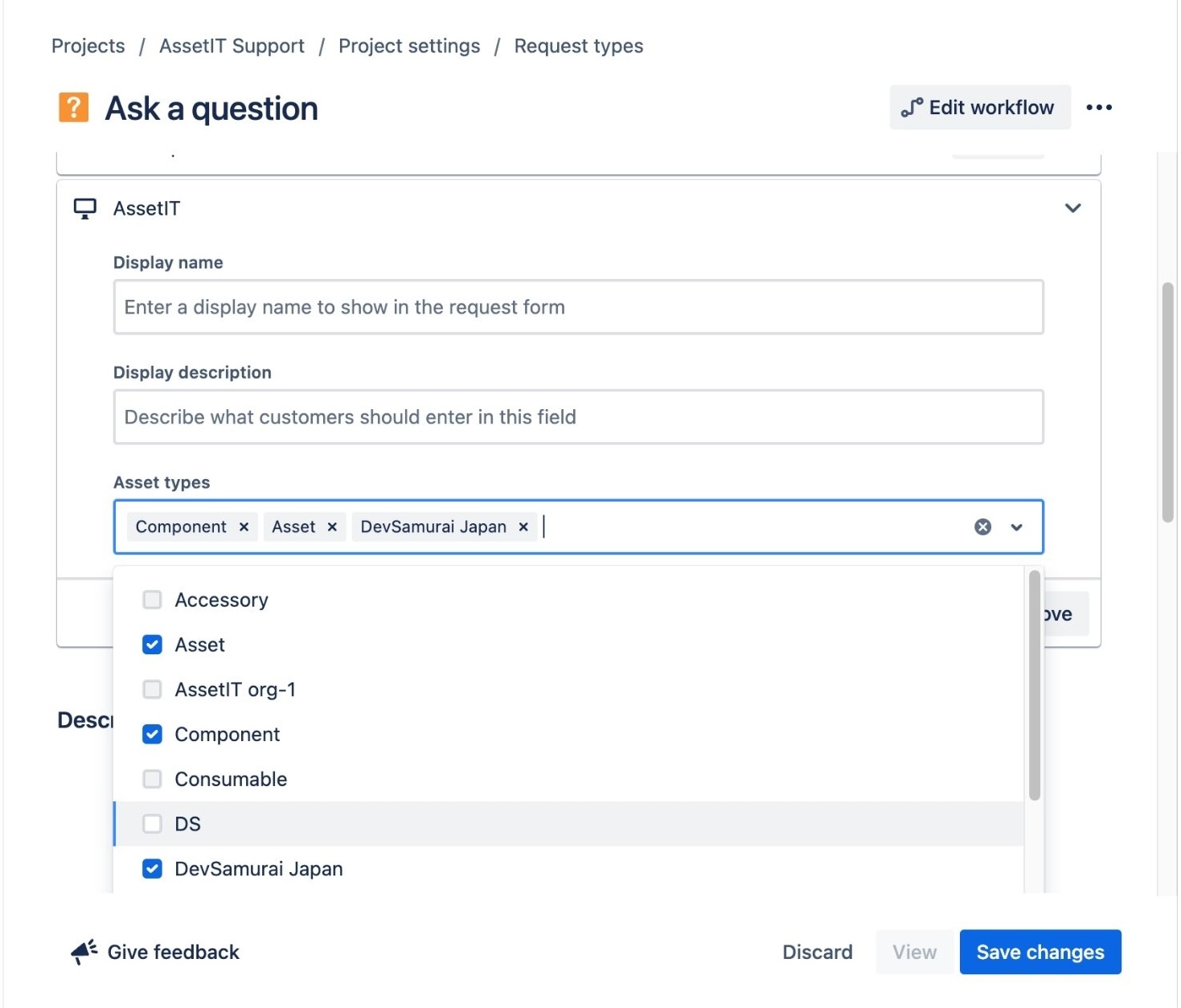


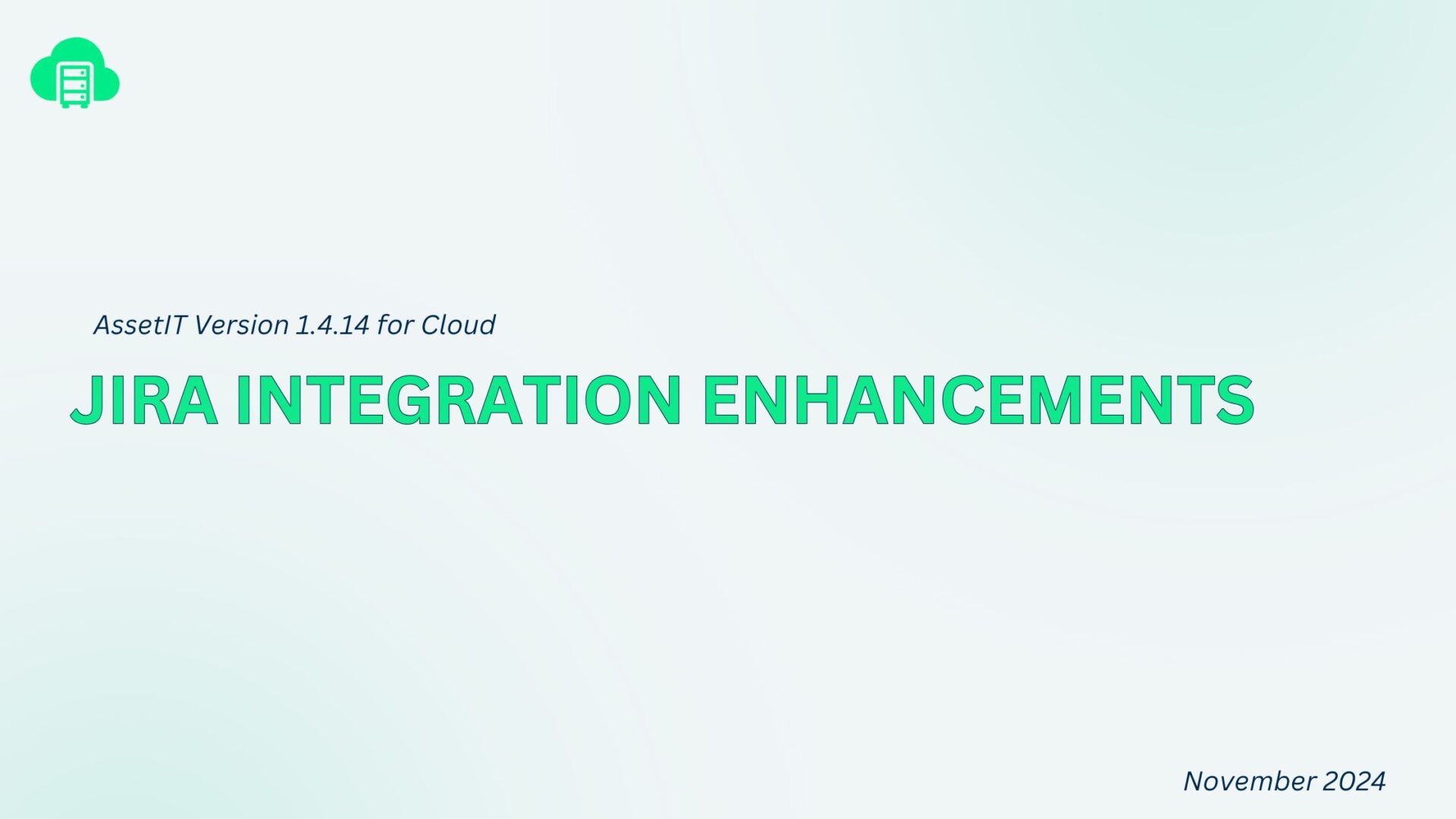
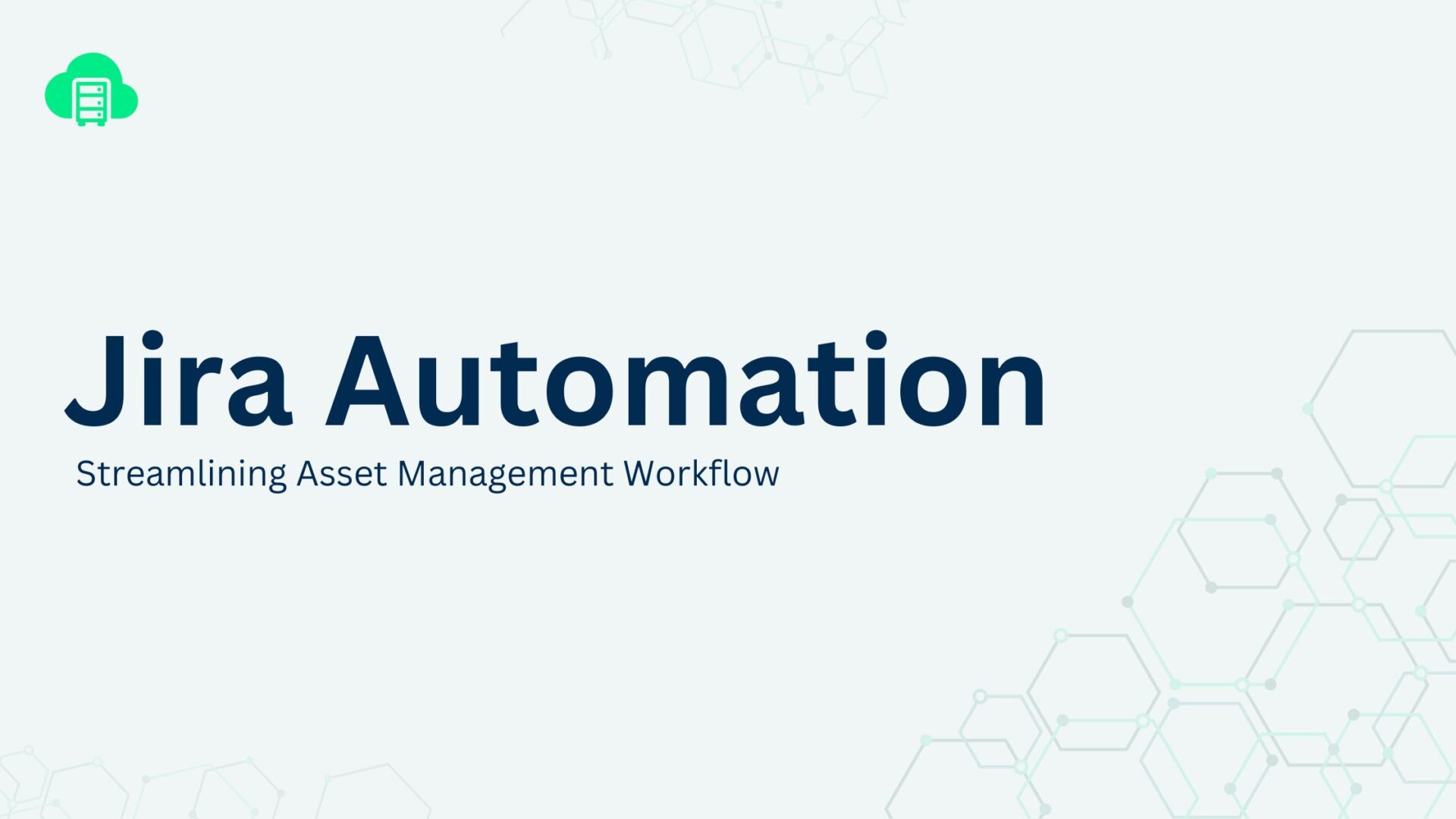
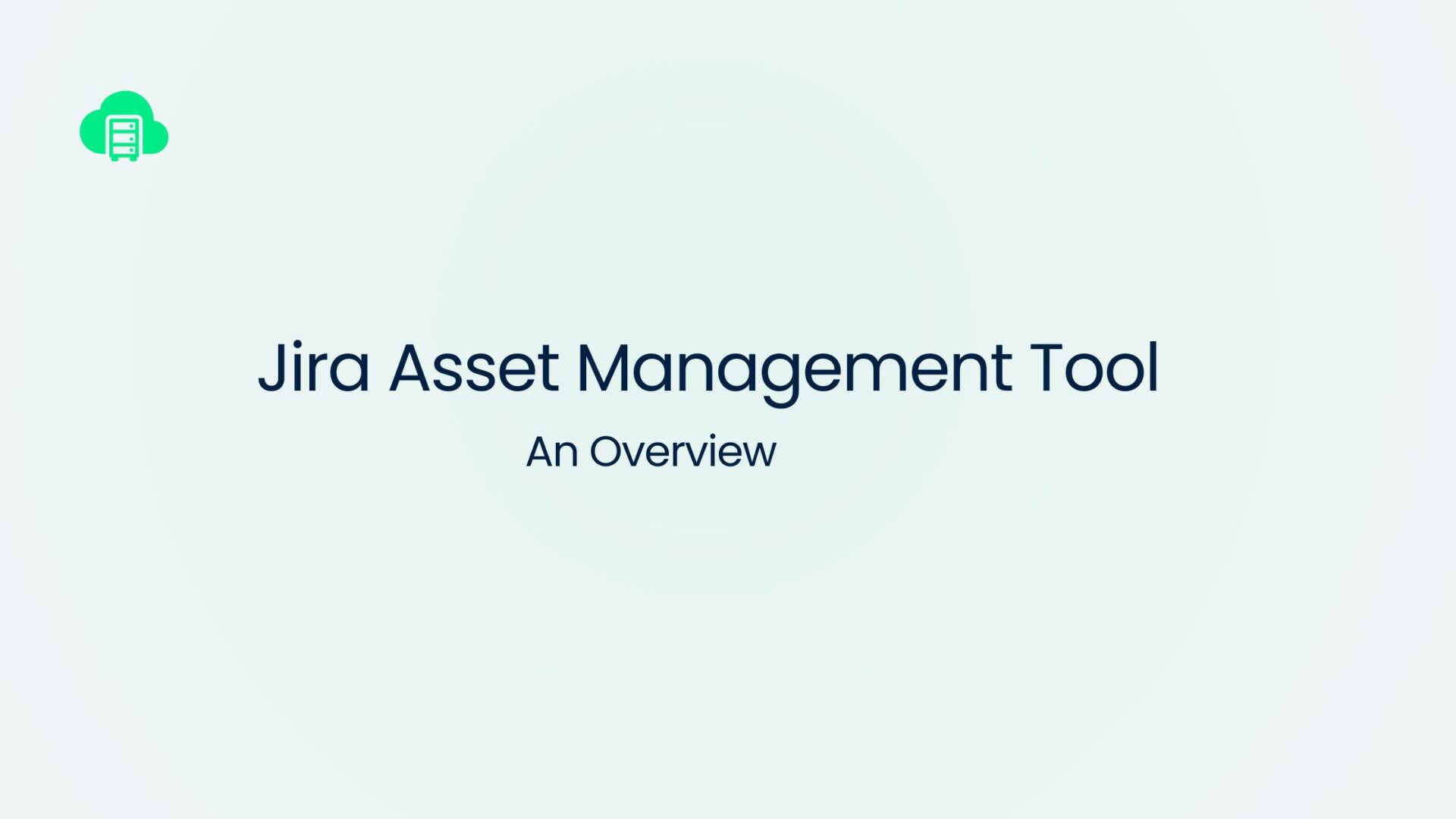

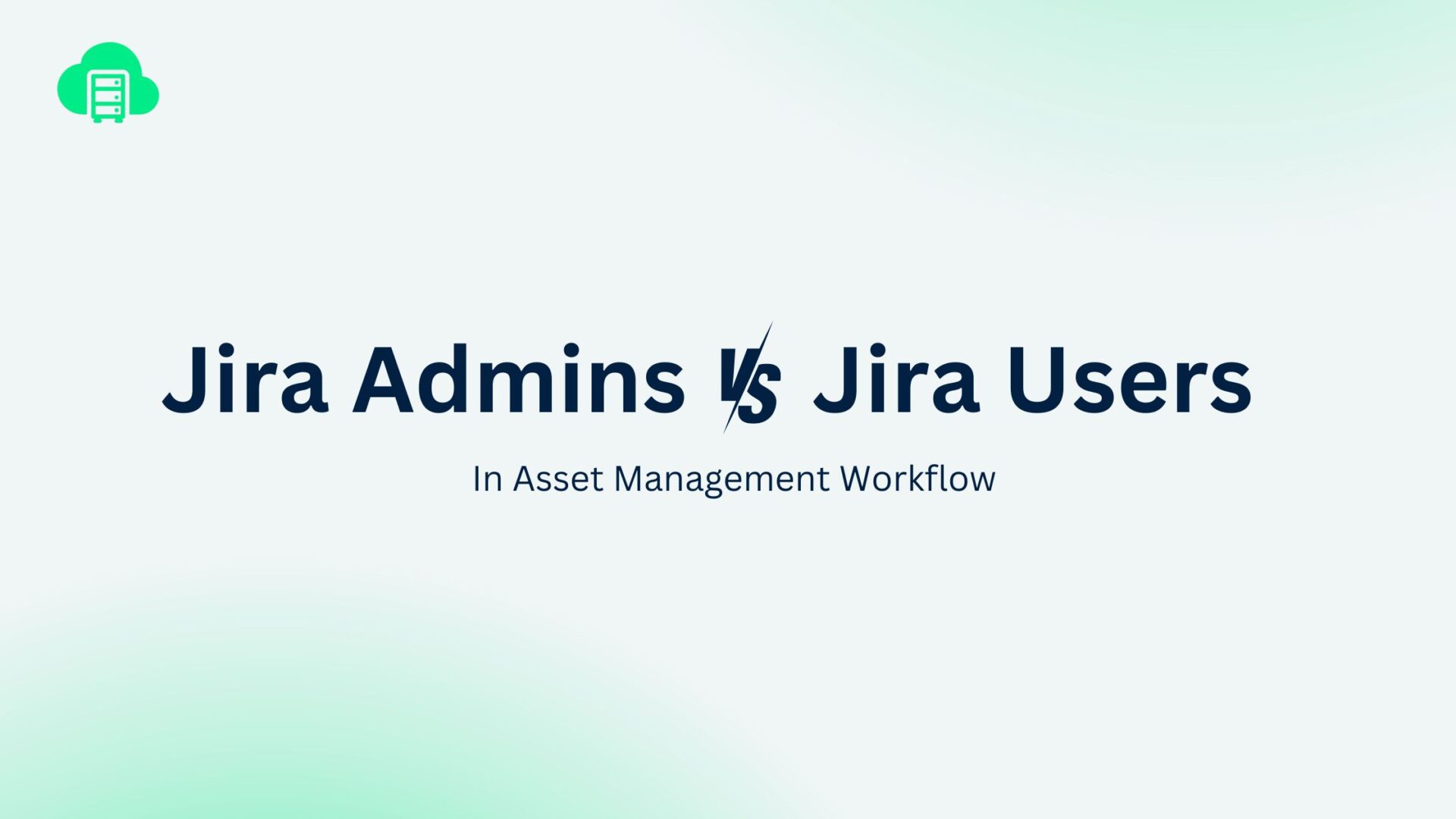
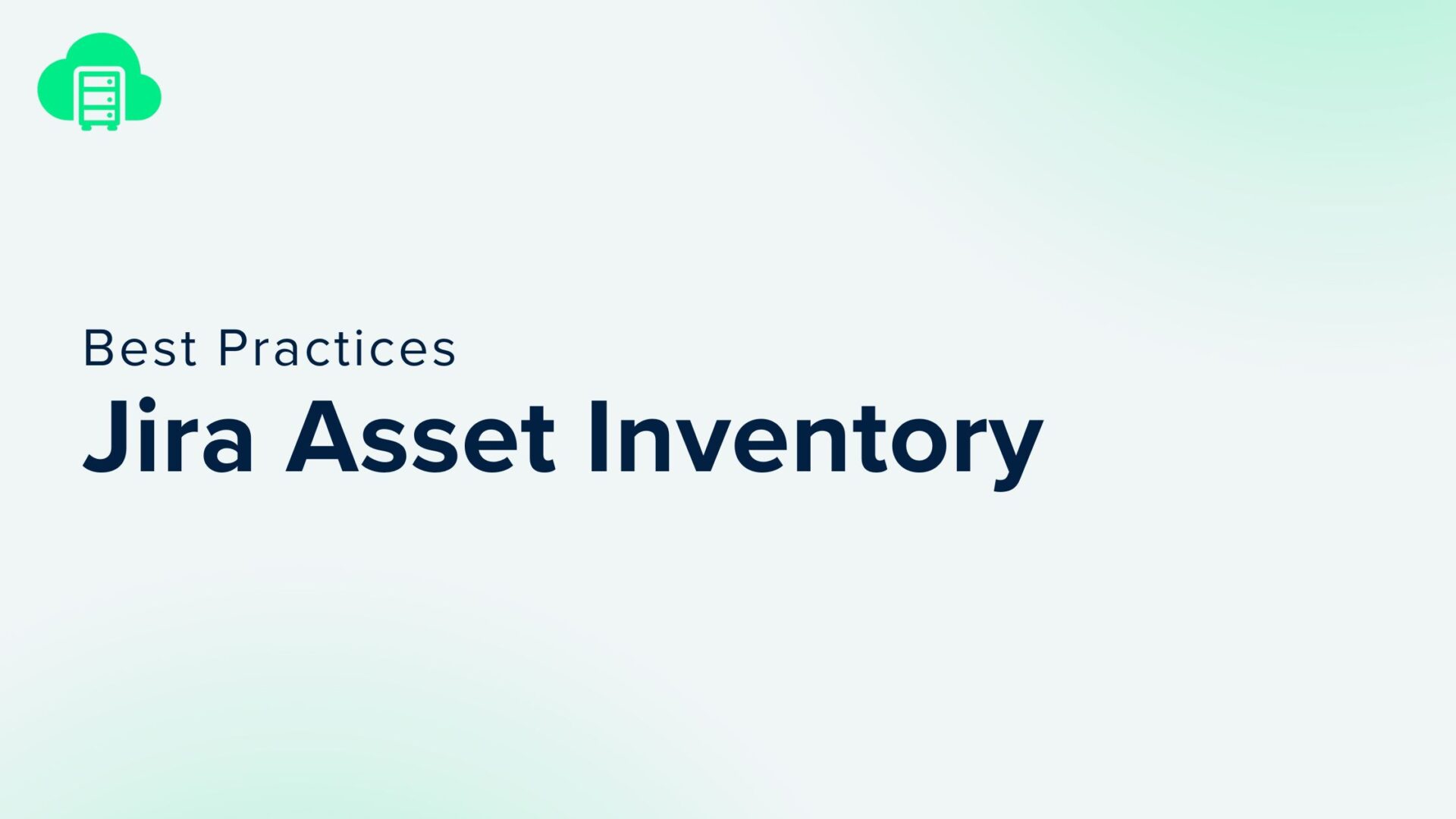

Recent Comments